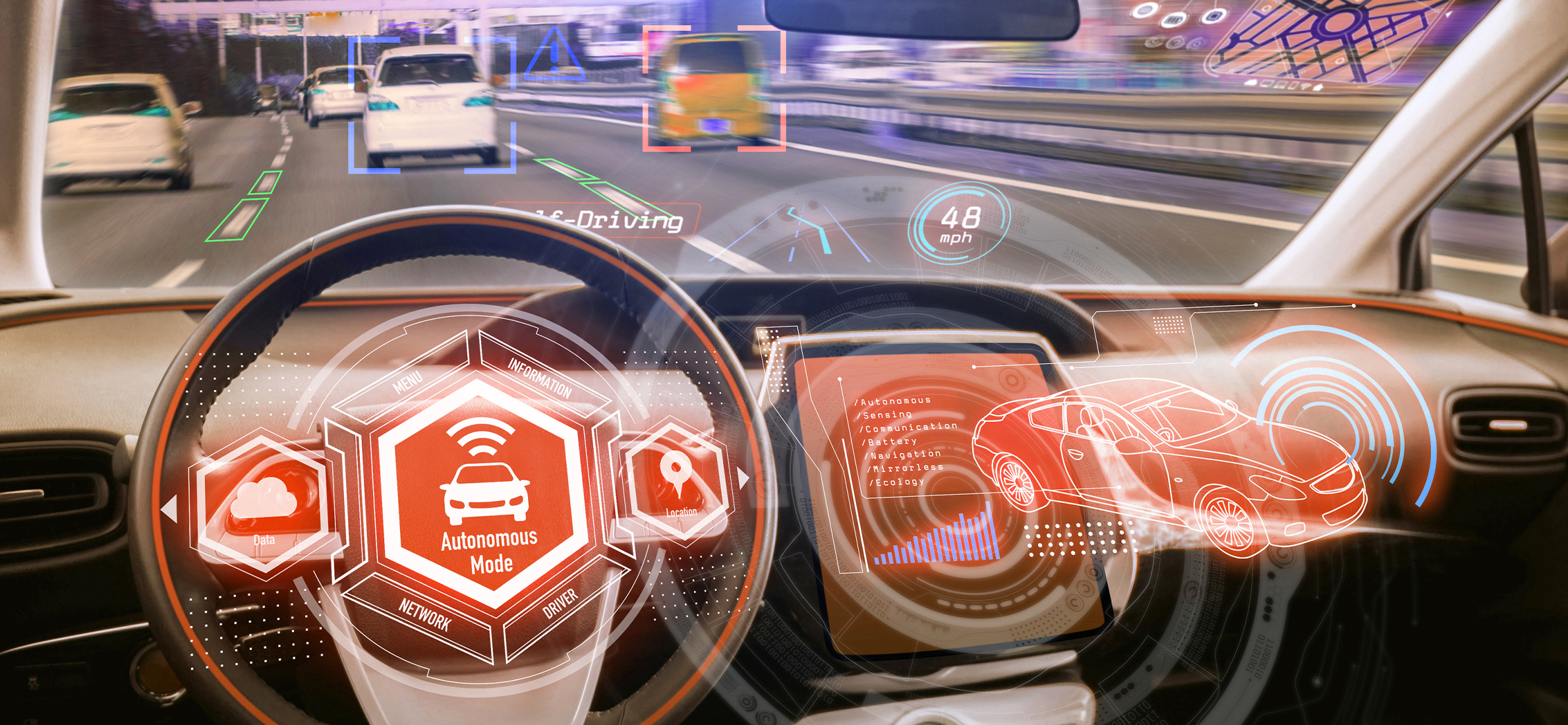Speed Bumps Ahead: How Tariffs Are Disrupting the Auto Industry
Our latest Autotech & Mobility M&A Report discusses several key factors impacting the market right now, including the tariffs which the EU last year slapped onto electric vehicles being imported from China. Now, with tariffs back in the headlines thanks to a more widescale tax burden being applied by the Trump administration to auto imports to the US, it’s worth pausing to consider the changes afoot in the autotech sector.
The Trump tariffs
US president Donald Trump sent shockwaves through the American auto industry with his recent announcement of 25% tariffs on imported cars and car parts like engines and powertrains. The colossal scale of this move becomes clear when you consider that the US imported around USD 474bn in automotive products in 2024 alone.
Mexico is by far the top supplier of cars to the US, followed by Japan, South Korea, Canada and Germany. Indeed, the “Big Three” car companies in the US have long relied on the free trade agreements with the country’s northern and southern neighbours to seamlessly import swathes of vehicles for the American market.
Ford, which sold just over 2 million units in the US last year, manufactured around 21% of its vehicles through much of that period in Mexico and Canada, with another 2% coming from elsewhere. General Motors, which owns household names like Chevrolet and Buick, sold 2.7 million units, with around 30% of its vehicles made in Mexico and Canada and 18% from elsewhere. Stellantis, which encompasses the likes of Chrysler and Dodge, sold 1.3 million units, with around 39% of its sales stemming from cars imported from Mexico and Canada, and 4% from other countries.
With these stats in mind, it’s unsurprising that the Big Three saw their stock prices fall after Trump’s tariff announcement. Other major car brands relying heavily on imported vehicles to the US, including Volkswagen, BMW and Hyundai, were similarly hit. The US president has been blasé around the impact on the bottom line for both automakers and consumers, saying that he “couldn’t care less” about manufacturers having to raise the prices of vehicles and emphasising that “if you build your car in the United States, there is no tariffs”.
One company which has responded as Trump intended is Hyundai, which has said it will invest a record USD 21bn in the US to boost its production capacity. However, the fact is that higher taxes on imported car parts means that many vehicles will be rendered more expensive even if made in US factories. Elon Musk, for example, has emphasised that Tesla – which manufactures all its vehicles for the US market in the US – is “not unscathed” by the new tariffs, due to its dependence on internationally-made parts.
In other words, simply upscaling their production facilities in the US isn’t a complete solution for international automakers, especially when you factor in the immense lead time required for such infrastructural expansion, and how such a shift will also lead to jobs being cut in other leading auto hubs like Germany.
Companies looking to swerve the Trump tariff may also focus their attention on other markets such as South America and Asia, though pivoting away from the US would be a very hard pill to swallow. For example, America is Germany’s biggest trading partner, with automotive exports from Germany to the US reaching almost EUR 37bn in 2024.
One silver lining for automakers may be that tariffs will spur the deployment of more efficient supply chain processes. For example, the use of 3D printing to manufacture car parts within the US, thereby circumventing import tariffs, not to mention shipping costs. The new era may also accelerate the software-defined vehicle (SDV) transition, by incentivising further development of on-board software solutions which can be managed and updated over-the-air, reducing the need for tariff-hit hardware components and boosting sustainability within the auto industry.
The EU tariffs
The other major tax-related development to impact the international auto trade in recent times has been the imposition of EU tariffs of up to 35.3% on battery-electric vehicles (BEVs) from China (on top of an existing 10% they were already subject to). This was in response to an investigation which found that “the BEV value chain in China benefits from unfair subsidization which is causing threat of economic injury to EU producers of BEVs”.
This move has been controversial because of its impact on the very European automakers which the tariffs are supposed to protect. Electric Minis made in China by BMW, for example, are subject to a 20.7% tariff under the new rules. BMW has joined with Chinese automakers in suing the European Commission over the issue, with the company taking exception to the very concept of countervailing duties which – to quote a BMW spokesperson – “harm the business model of globally active companies” and “slow down decarbonisation in the transport sector.”
Similarly, Volkswagen has warned that unless the 20.7% tariff imposed on its Chinese-manufactured Cupra Tavascan is reduced, the company will be forced to reduce production and layoff swathes of workers in Europe. Such developments have come in the wake of widespread concern among European automakers over the negative consequences of an EU-China trade war and the potential for retaliatory measures by the Chinese government, such as the withdrawal of lower tax rates and reduced land costs in China.
All in all, there’s no getting away from the fact that our tariff-laden times will likely drive down sales and disrupt supply chains in the short term at least. However, as noted above, mitigation strategies such as the prioritisation of SDV technology may spell opportunity for software companies working within the wider autotech ecosystem. If you’re a founder or senior decision maker of an autotech startup and would like to navigate an exit in these interesting times, get in touch with our Sector Principal Michael Brecht.

